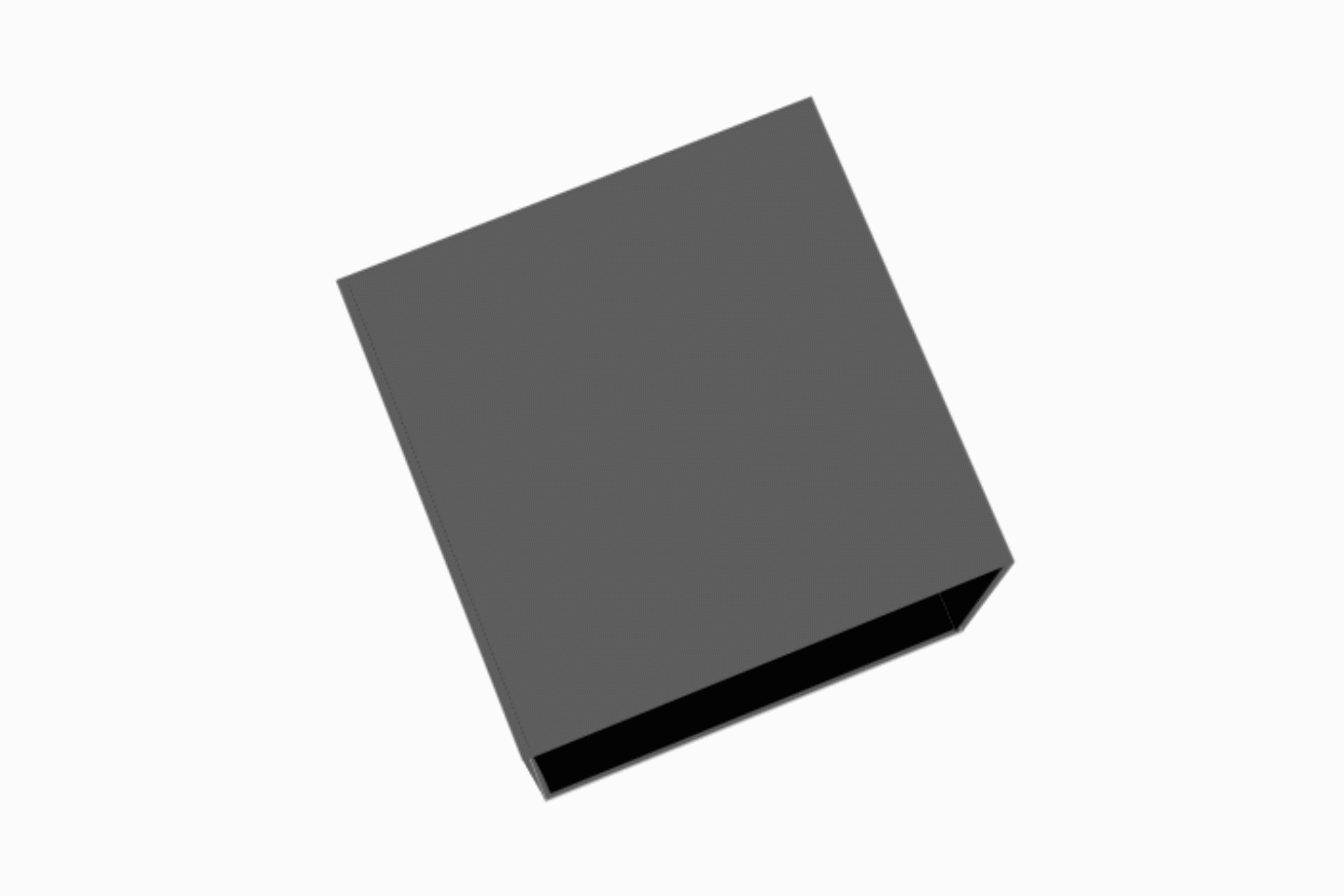Let there be light: How to generate photons from nothing
From black holes we know the effect of Hawking radiation: If in vacuum a pair of photons is born in a random way and one of them falls into the black hole, the other one remains: light from nothing. The energy debt to the universe must be paid by the black hole, which is why it evaporates over many billions of years. But there is a second trick. With the black hole the gravity plays the role of the magician who makes the one photon disappear. But according to the equivalence principle of the general relativity, the wizard can be exchanged. An accelerated movement has always exactly the same effects as gravity. So how do you make a wizard out of an accelerated motion? That is what British researchers have been thinking about. They now describe their method in the journal Communication Physics.
In the proposed experiment, a postage stamp-sized synthetic diamond containing the nitrogen-based light detectors is suspended in a supercooled metal box that creates a vacuum. The membrane, which acts like a tethered trampoline, is accelerated at tremendous speed. The research explains that the resulting photon production from the cavity vacuum is collectively amplified and measurable, with the vacuum photon production undergoing a phase transition from a normal phase to an “amplified superradiant-like inverted laser phase” when the detector count exceeds a critical value.
“The motion of the diamond produces photons,” says Hui Wang, a postdoctoral researcher who wrote the theoretical paper. “Basically, you just need to shake something violently enough to create entangled photons.” The study will explore the use of multiple photon detectors to amplify the acceleration of the membrane and increase detection sensitivity. The oscillation of the diamond also allows the experiment to be conducted in a controllable space with high acceleration rates. “Our work is the first to explore what would happen if there were many accelerating photodetectors instead of one, ” says Miles Blencowe, co-author. “We discovered a gain effect for light generation from vacuum, where the collective effect of the many accelerating detectors is greater than when they are considered individually.”
